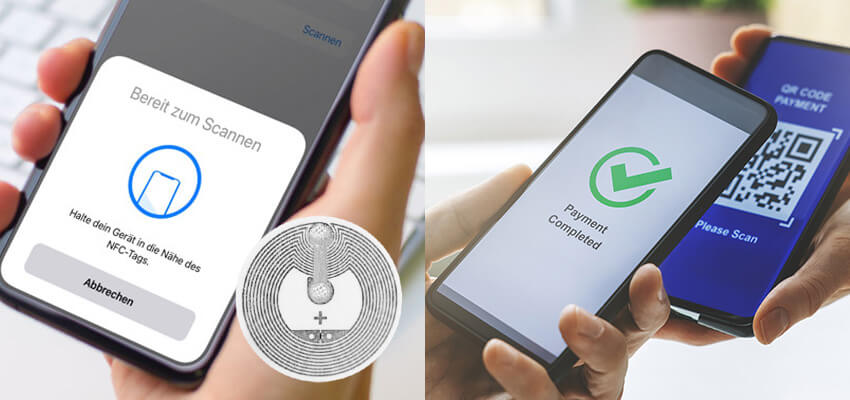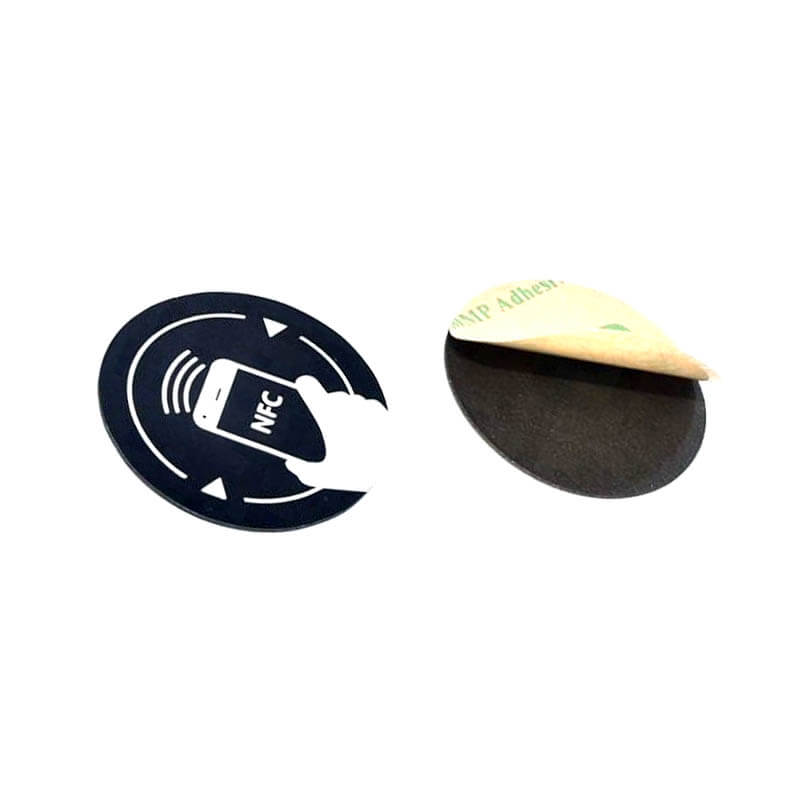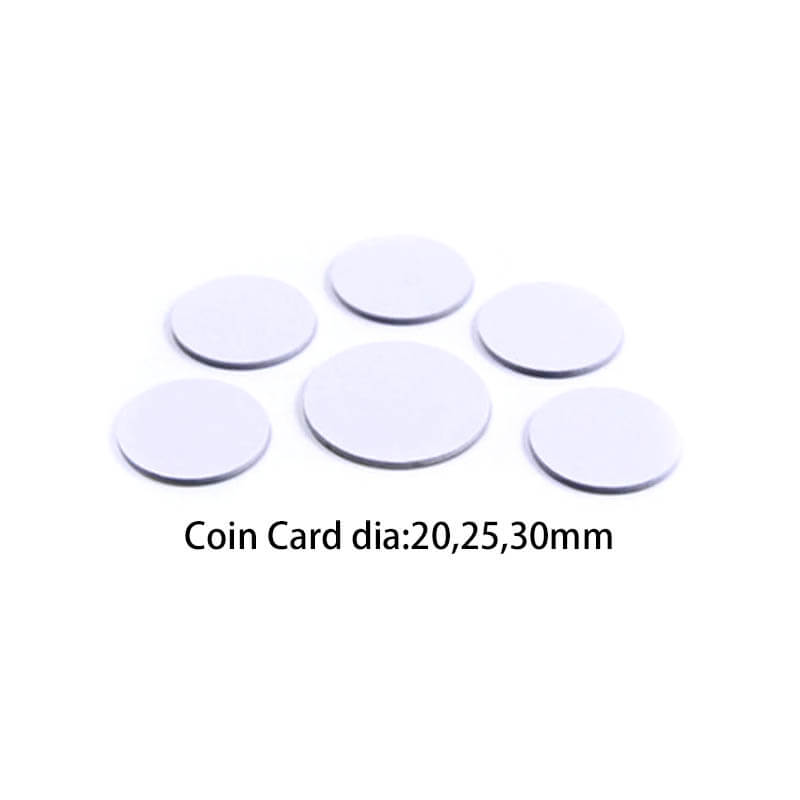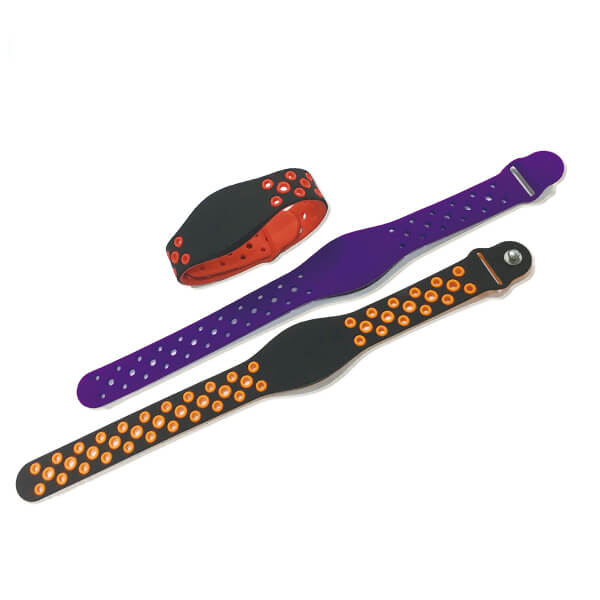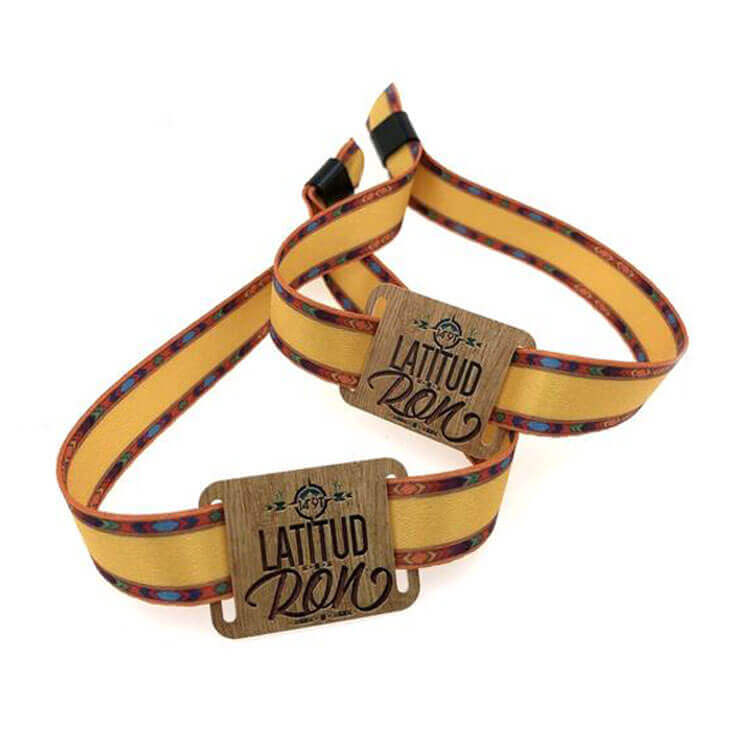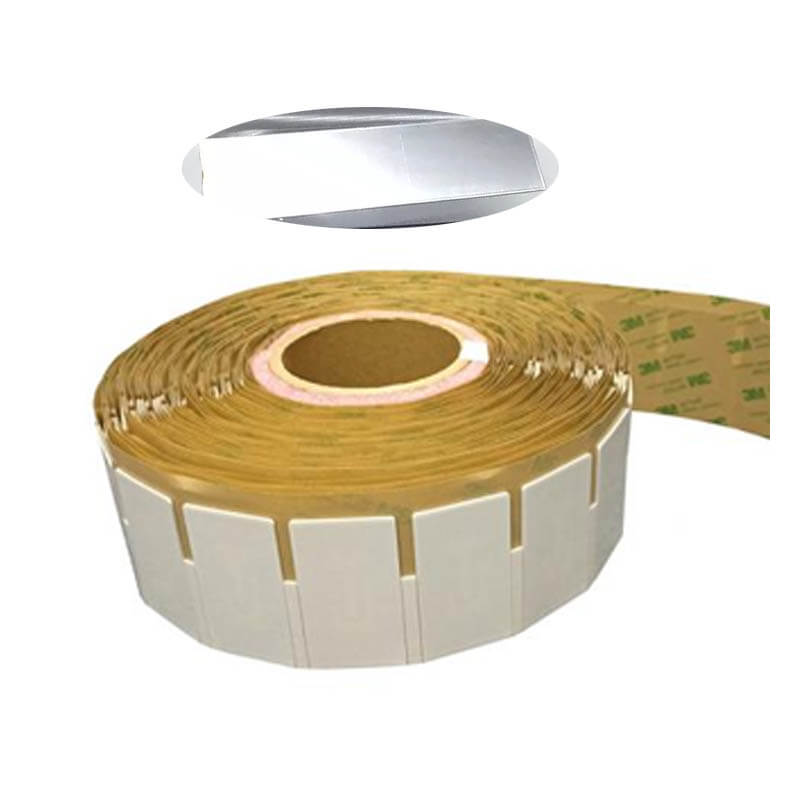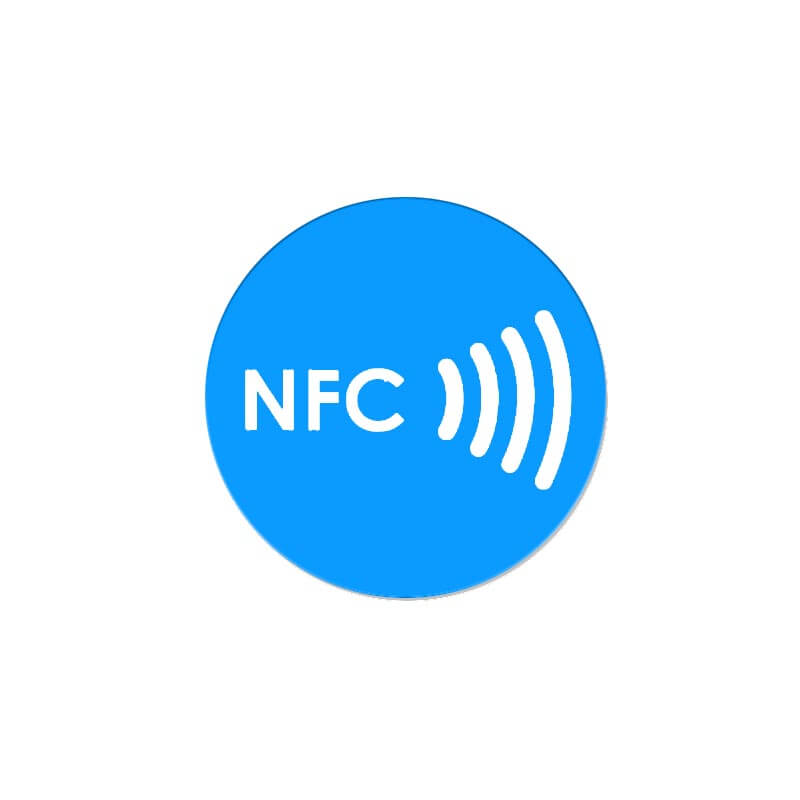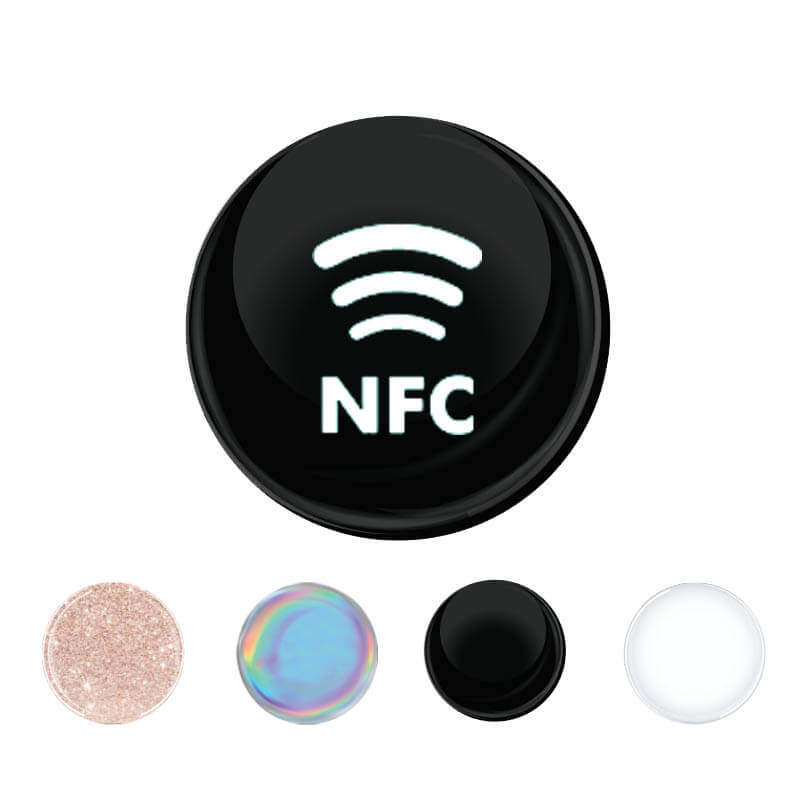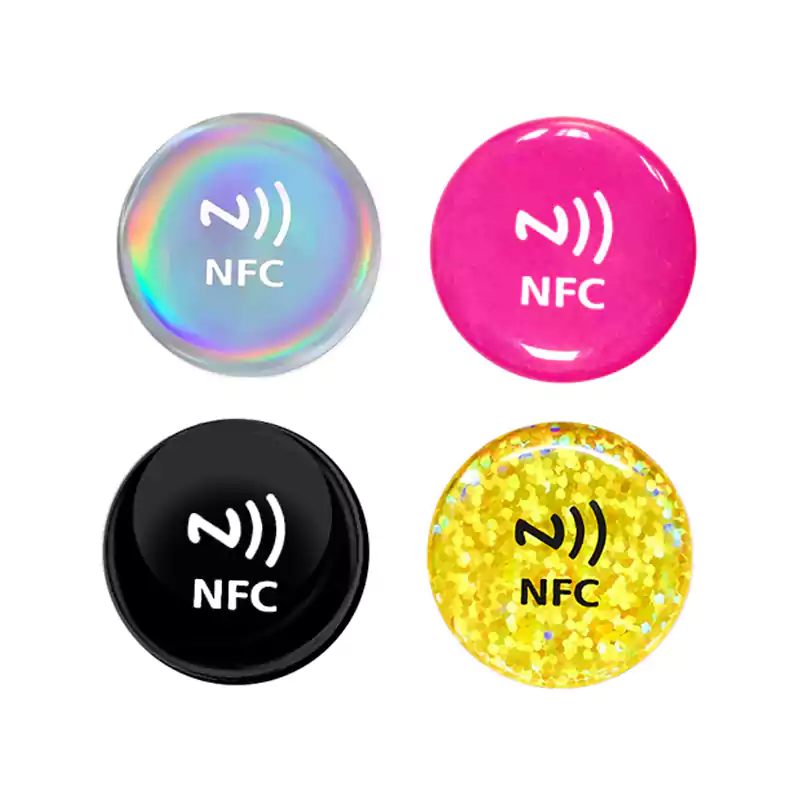NFC and QR codes are two kinds of technology that help you quickly get information on a mobile device. QR codes look like squares with dots in them. You can scan them with your phone to get URLs, product codes, contact info, and more. NFC is like QR, but tapping lets you share information from one device to another. Both technologies are safe and reliable. They can be used for payments, coupons, loyalty programs, access control systems, and more.
What is NFC?
NFC (Near Field Communication) is a wireless technology that allows contactless communication between two devices nearby, such as within a few centimeters. It is based on the same fundamental technologies as RFID (Radio Frequency Identification) but operates at a much higher frequency of 13.56 MHz. NFC utilizes electromagnetic induction, which allows two powered devices to exchange data when they are held together or brought into each other’s vicinity.
NFC enables users to share data between two securely enabled devices as an encoded signal, eliminating the need for physical contact or line-of-sight transmission. This technology can be used for various applications, including mobile payments, access control systems, loyalty programs, etc. With its ease of use and secure nature, NFC is becoming increasingly popular with businesses and consumers, providing faster, easier transactions than traditional methods. Read more.
Many phones have something called NFC. It is like a wireless connection. You can use it with apps like Google Pay and Samsung Pay. NFC is only short-range; you can find it on other things, like tablets, speakers, collectibles, and gaming consoles.
What are QR Codes?
QR codes are a type of two-dimensional barcode used to store information digitally. They have become increasingly popular and used in various marketing, advertising, packaging, and event management applications. QR codes consist of a pattern of black and white squares arranged in a square grid on a white background. When scanned by a QR code scanner application on mobile devices, the code is decoded, and the machine takes appropriate action based on the data encoded within it.
QR codes can store many data types, including website URLs, product information, contact details, and more. By using them in marketing campaigns or other promotional activities, companies can quickly direct potential customers to their desired destination, such as websites or social media platforms, to view any available content or obtain additional product information. Additionally, they can transfer money electronically by encoding payment information into the code, which payment terminals at retail stores or restaurants can then scan.
Advantages of NFC vs. QR Codes
NFC has several advantages over QR codes when it comes to contactless communication:
- Speed – NFC is much faster than a traditional Bluetooth connection because it doesn’t require pairing; all you need is for both devices to be close together, and the link will happen almost instantaneously. Additionally, since data transfer is done over radio waves rather than infrared light, like with Bluetooth connections, there’s no line-of-sight requirement, so you don’t have to point your device at another one to establish a relationship.
- Security – NFC connections are encrypted and more secure than QR codes since they’re more difficult to intercept and decode due to their short range. Some protocols also enable two-way authentication to verify that the other device is indeed who it claims to be before exchanging data between them.
Advantages of QR Codes vs. NFC
QR codes also have several advantages over NFC when it comes to contactless communication:
- Flexibility – Unlike NFC, which only works with specific types of devices (e.g., Android phones), anyone with a smartphone or tablet can scan a QR code regardless of platform or brand; all they need is an app that reads them correctly (which most phones come preloaded with). This makes them ideal for marketing campaigns where you want your message seen by as many people as possible without worrying about device compatibility issues.
- Cost – It’s usually much cheaper (and easier) to create and distribute physical copies of your QR code than setting up an entire network infrastructure so that people can connect via NFC technology; this makes them ideal for smaller businesses that don’t have access to large amounts of capital but still want their message cost-effectively seen by potential customers.
- Durability – Since they’re printed on physical media like paper or plastic cards, they’re much more durable than wireless signals, which physical obstacles like walls or distance can easily disrupt; this makes them ideal for long-term use in promotional campaigns where you want your message visible even after months or years have passed since its initial release date.
Which is Better?
NFC and QR Codes are contactless technologies allowing users to access information or pay with their smartphones conveniently. NFC stands for near-field communication and requires the user to tap their device on an NFC-enabled tag or object, while a QR code needs to be scanned using an app on the user’s device to activate it.
NFC is more secure than QR codes as encrypted data is less prone to interception. NFC also requires much less effort from the user as they only need to tap their device against a tag or item instead of searching for a code and scanning it.
Regarding use cases, NFC has been widely adopted by companies such as Apple Pay and other contactless payment systems. In contrast, QR codes are typically used for marketing purposes, such as tracking customers who have seen a particular ad or displaying product information at retail stores. Additionally, some companies are beginning to use them for asset management and inventory tracking.
How to use them best
| NFC | QR |
|---|---|
| Tappable labelsAdd long-life value to merchandise by linking to fresh content after the purchase |
Stickers for anything Transform anything into a short-term donation point with QR code stickers. |
| Meaningful medals Take medals one step further and give winners the opportunity to connect with you. |
Virtual events Use QR codes on your virtual background to collect support from home. |
| Secure collection bucketsFundraise even if you can’t be there in person with secure NFC bucket wraps. |
Collection boxes to scan Collect generous mobile donations wherever your collection boxes are |
| Interactive T-shirts Add invisible NFC chips behind the logos or graphics of your fundraising T-shirts for supporters to engage with. |
Engaging leaflets Easily print QR codes onto anything paper-based. |
| Virtual QR code backgrounds Collect support whenever you’re on a with QR’s on-screen. |
Fundraising wristbands Give your fundraisers the opportunity to collect donations on-the-go with wearables. |
Whether you choose NFC or QR codes depends on what your needs are and what kind of budget you have available for your system integration project; both technologies offer unique advantages and disadvantages depending on how you plan on using them, so make sure you consider these before making any final decisions about which one will best suit your needs! With this comprehensive comparison guide, we hope we’ve helped shed some light on why these technologies are becoming increasingly popular among system integrators looking for contactless communication solutions!

